Investigation: Tessellations
You may have heard that numbers go on for infinity. In other words, numbers never end- pretty crazy right? Well, a really cool designer and artist named M. C. Escher played with how to represent the concept of infinity by using tessellations, or patterns that go on forever. A tessellation is a repeating pattern of polygons (shapes) that covers a plane (flat surface) with no gaps or overlaps. The tessellation below, called Bird Fish, is one famous example.
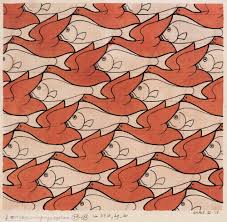
Source: wikiart.org
This easiest way to think of it is someone tiling a floor. All the pieces fit together perfectly, without any gaps. There are some beautiful examples of tessellations in nature, such as the cute little hexagon array that makes up honeycomb, as well as in architecture around the world. Tessellations were used a lot to create beautiful decorative tiling patterns in ancient Roman and Islamic art, such as the Alhambra Palace and Reales Alcázeres. Today, we see tessellations used to create decorative effects in quilts.
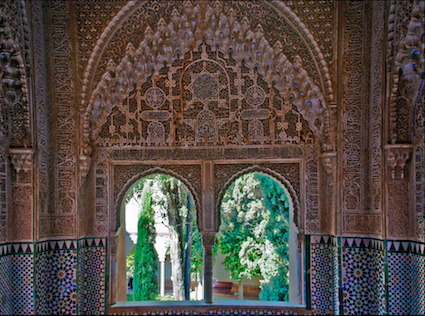
The Alhambra Palace, Spain
Research & share
Research some different examples of tessellations around the world. You can look at works by M. C. Escher or one of the examples mentioned. Or you can find some cool ones of your own.
Share the different tessellations you find with your class.
Build your own tessellating piece
It can be really fun to create your own tessellating piece, and it is surprisingly easy to do.
- Start with a known tessellating shape like a square or rectangle (let's pick an easy one to begin with)

- Draw any shape/line you like along one of the long edges of the rectangle. It's important you don't touch any other sides.

- Now do the same along the short edge.
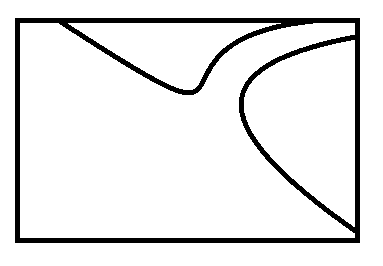
- Cut out the two pieces you have just drawn and slide them into position on the opposite side
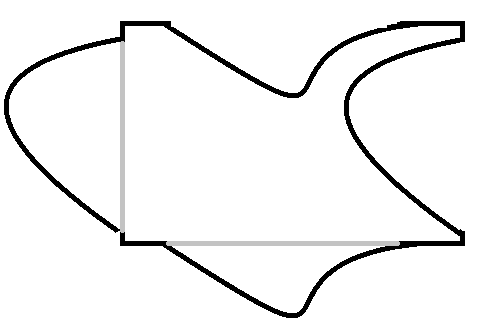
- This is your tessellating piece.
- Grab a piece of paper and start tracing, add some color and you will create a beautiful tessellating masterpiece in minutes!
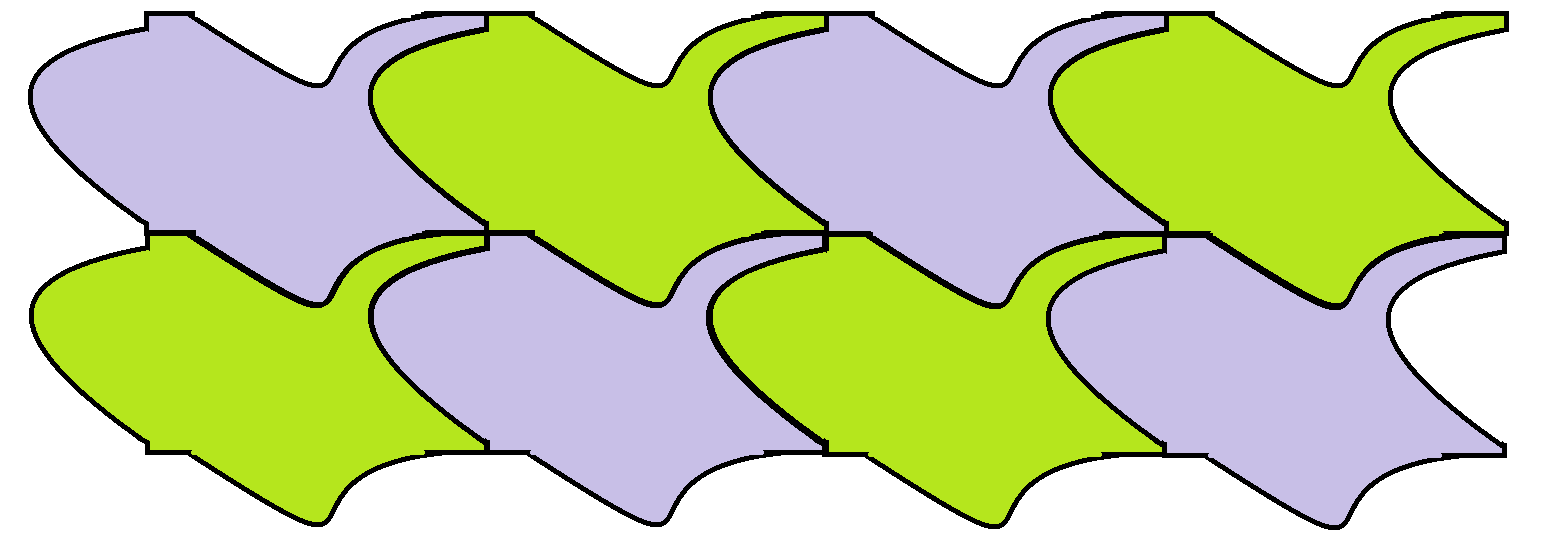
Connecting to mathematics
- What types of symmetry do you observe in your tessellation?
- Describe the types of transformations that occur when creating a tessellation.
- What types of symmetry exist in tessellations that you researched?
- How might we use mathematics to communicate how to create a tessellation?